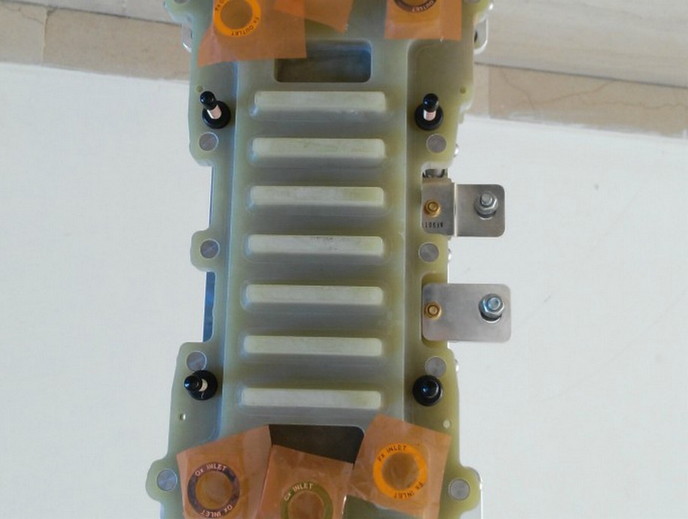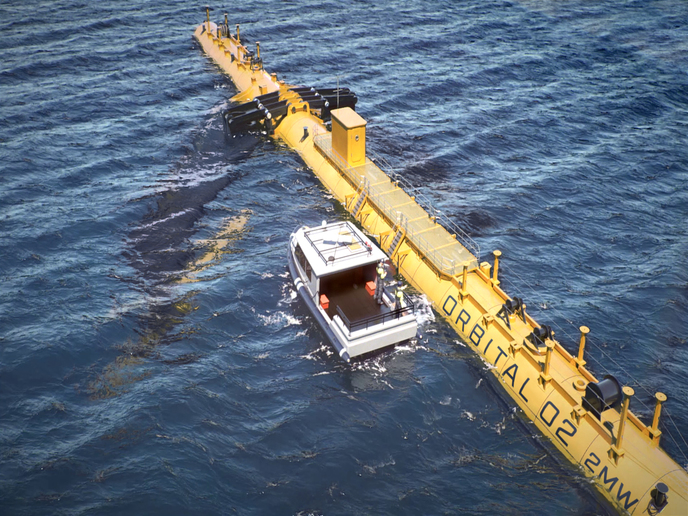New aviation fabrics serve dual structural and electrical roles
Transportation industries, aviation in particular, constantly seek new, high-performance materials. This once meant light and strong, but recently it has come to mean green as well. Now, strong structural materials are expected to work as part of vehicles’ electrical and power systems, so transportation industries want materials having all previous properties, plus electrical conductivity. The ideal material would be yarn made of carbon nanotubes(opens in new window) (CNTs). These are tubes 2-10 nm wide, made from rolled up sheets of carbon. Such yarn would be strong, tough and electrically conductive. It would perform structural and electrical roles simultaneously, and better than existing materials in both respects. Using CNT yarn for this dual role would eliminate duplication and reduce weight. Yet, despite recent progress in CNT-yarn synthesis, the manufacture of macroscale fabrics having the necessary mechanical properties has been difficult. Such properties depend on the alignment of individual tubes, and this is difficult to control.
New methods solve the alignment problem
Undertaken with the support of the Marie Skłodowska-Curie programme, the EU-funded ENERYARN(opens in new window) project addressed these issues. The team developed yarn-stretching strategies and new ways of studying energy-storing composite materials. The new methods addressed the alignment problem. Using these, researchers demonstrated that fabrics made of multiple CNT yarns can achieve the combination of properties suitable for aviation use as dual structural and electrical components. The CNT yarns used in ENERYARN are different from conventional carbon fibres. “They are made of thousands of very long CNTs that grow continuously in a gas phase reactor, within a matter of seconds,” explains Dr Anastasiia Mikhalchan, project researcher. “We optimised the synthesis conditions, so we were able to collect a few kilometre-lengths of CNT yarn per hour, while also controlling the type of nanotubes – single-walled or multi-walled – the yarns are made of.”
Superior fabrics give multifunctionality
The main advantage of the new synthesis process is the ability to produce free-standing fabrics directly, by merging aerogel filaments during spinning. This yields a flexible fabric of suitable size for handling, which can also be integrated as electrodes in novel batteries and supercapacitors. The yarns have about 100 times more electrical and thermal conductivity than traditional carbon fibres. A second advantage is that the fabrics can be produced from methane, the main component of natural gas. Thus, the materials combine multifunctional properties with sustainability. Critically, using CNT yarns as conductors, instead of rigid metallic plates, makes electrodes flexible, tough and more durable. “We successfully demonstrated that integration of CNT fabrics led to strong, tough and light electrodes for novel batteries and supercapacitors,” adds Mikhalchan. “This is an area that’s attracting enormous interest from researchers and industry worldwide. Furthermore, our fabrics outperformed those of competitors.” Researchers also addressed the practical upscaling from laboratory CNT yarns to semi-industrial fabrics. The project improved the tensile strength of CNT fabrics fourfold. This has recently produced commercial counterparts. The next step will be working with industrial partners across the whole supply chain to exploit ENERYARN’s results. Since the end of the project, researchers have been working with major car manufacturers interested in introducing CNT yarns into electric vehicles.







